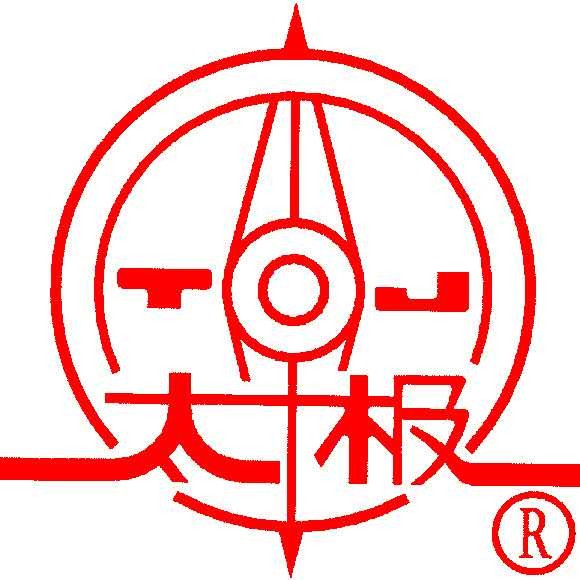Rotor assembly and assembly are common terms in the mechanical field, commonly used to describe the assembly and composition of certain specific components. The rotor bearing is a general term for some rotating slots or bearings in mechanical equipment, usually composed of the bearing itself, inner ring, outer ring, rolling elements, etc., responsible for supporting rotating components so that they can rotate freely. Assembly refers to a whole composed of several components, usually including multiple rotor assemblies, as well as supporting components such as shafts and gears.
The main function of the rotor bearing is to support the rotor or rotating components, and the axial and radial loads generated by the rotor during operation are borne by the rotor bearing. Assembly is a holistic structure composed of various mechanical functions for better implementation, and its load-bearing performance and service life are often higher than those of a single rotor assembly.
The rotor bearing usually includes components such as outer ring, inner ring, rolling elements, and cage, and there are many combinations of them. An assembly is a whole composed of multiple components, some of which may be rotor bearings, and may also include other components such as gears and shafts. The assembly is generally designed and selected by designers based on the actual needs of the machine to meet specific usage requirements.
From the above introduction, it can be seen that there are significant differences in function and composition between rotor assemblies and assemblies. The rotor bearing is only a part of the bearing, and its main function is to support rotating components, which is a common type of bearing. Assembly is a more comprehensive concept, which is a whole structure composed of several components. Due to the inclusion of multiple rotor assemblies and other components, its performance is more stable and reliable.
In summary, although rotor assemblies and assemblies are common terms in the mechanical field, their meanings and functions differ significantly. Understanding their differences is of great significance for selecting mechanical components correctly and improving machine efficiency.


